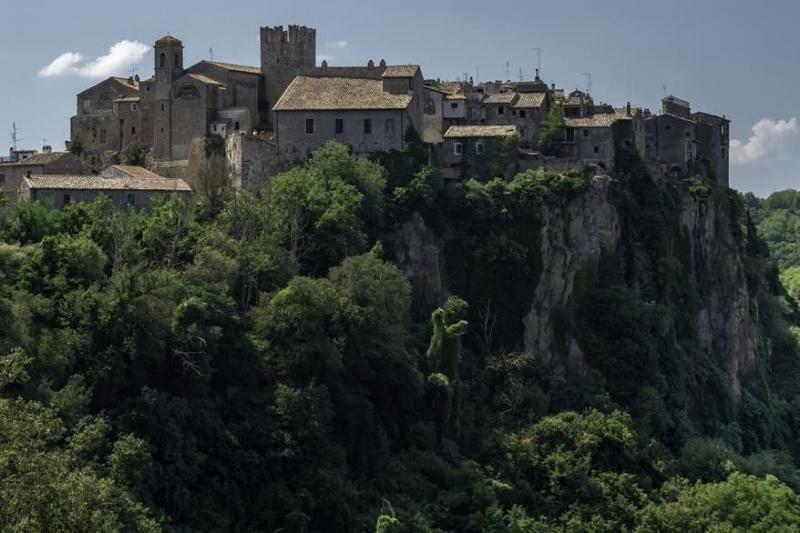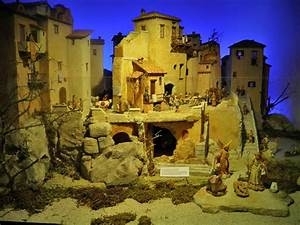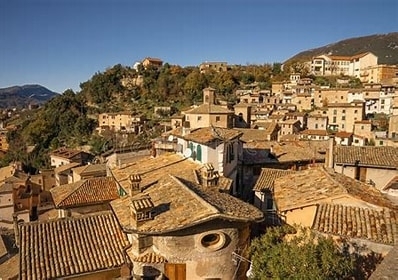The Hidden Treasures of Lazio
If you love traveling to discover authentic places rich in history, Lazio is your ideal destination! An exciting journey through cobbled streets, picturesque squares and breathtaking views, because Lazio is a land full of hidden treasures just waiting to be discovered. From the medieval villages perched on the hills to the cities of art rich in culture and charm, every corner of this region tells a fascinating story. Here you will find a unique combination of tradition, gastronomy and natural beauty, all seasoned with authentic Italian hospitality. Among the most beautiful villages in Lazio, you certainly cannot miss a visit to Civita di Bagnoregio, known as "the dying city", or Pitigliano, with its houses built into the tuff rock. But in Lazio each village has its own unique charm and story to tell, and we are here to guide you along the way.
Civita
Civita in the province of Viterbo. It is a magical, fantastic place, nicknamed " the dying city." Civita is close to Lake Bolsena, a city suspended in time. few citizens who live there. after the bridge you will meet the Porta San Maria ", you enter the main square where you can admire the Romanesque church of San Donato here are kept works by the famous Donatello. This charming village offers a fairytale atmosphere, wonderful the spectacle of its bridges , the huge clay walls and the typical shops!
trashed
Calcata: the magical village where witches and hippies live. is a small town in the province of Viterbo, which although it is only 40 kilometers from Rome, has managed to preserve its historical and natural heritage intact. The historic center of Calcata, perched on a tuff mountain, dominates the green valley of the Treja river. high number of creatives from all over the world who live and work in the village. Below the streets many houses have underground caves, are deposits, cellars and sometimes tombs and ancient places of worship. From the village you can access various nature trails on foot or on horseback, which cross the Treja valley regional park. There is also the opera forest museum of Calcate , an open-air laboratory museum, which extends over two hectares of wood and consists of a path of works of art made with raw materials.
Castel Gandolfo
Castel Gandolfo is a village in the heart of the Romani Castle. The first settlements in the area date back to the Neolithic period.
It is not known exactly when the noble Gandolfo family, from which the locality took its name, took possession of the place; however, it is known that the construction of a Gandolfo castle dates back to the early 1200s. In 1604 Pope Clement annexed the castle among the inalienable assets of the Church and a few years later the popes began to use it as a summer residence .. the palace is an integral part of the area of over 55 hectares which is still owned by the Vatican City . Pope Francis decided to open the residence to the public in 2018.Castel Gandolfo is full of villas; the so-called Pontifical Villas, which include villas, cottages, gardens and farmhouses that make it one of the most popular destinations in the region. Castel Gandolfo like a treasure chest overflowing with memories, has jewels of various kinds, from religious buildings, to monuments and well-kept green spaces, which show visitors the past and the present. Among the most important religious buildings there is certainly the Pontifical Collegiate Church of San Tommaso da Villanova, the architect in charge was the famous Gian Lorenzo Bernini. On the other hand, the Church of Santa Maria Ausiliatrice is more modern.
Villa Barberini, Palazzo Cybo, Villa Santa Caterina, Villa Ghigi and Villa Torlonia, are the names of other buildings that are worth visiting, while for those who love ancient history, take a look at the numerous archaeological sites that dot the territory.
In the first week of September, we recommend that you participate in the patronal feast of San Sebastiano, with fireworks on the lake, music and gastronomic delights typical of the area.
Greccio
Greccio is the perfect tourist destination for those who want an escape from urban stress. It stands on the hill on the edge of the Piana Retina, about 300 meters above the valley floor. Greccio is undoubtedly one of the most important places of spiritual retreat in Italy. The village is surrounded by dense oak woods that offer the pleasure of trekking routes. The paths lead up to the top of Monte Lacerone at 1204 meters above sea level.
Greccio is famous for its Sanctuary and for the events of San Francesco: it is on the Mount that the Saint of Assisi used to retire in prayer, in this place by the will of the faithful, in 1792 the chapel dedicated to San Francesco was erected. Cappelletta is a hermit church listed as one of the most evocative places in the whole territory. Greccio is an ancient medieval village not to be missed the old Castle with the remains of the ancient towers, with the visit of the village you cannot miss the traditional nativity scene. One of the four places of worship erected by San Francesco is the Eremo di Greccio Sanctuary, embedded in the rock at an altitude of 665 meters above sea level.
Subiaco
Subiaco is among the most beautiful villages in Italy able to amaze Petrarch to the point of making him think he has reached Paradise. The ancient history of Subiaco attracts tourists from all over the world. From the many frescoes in the National Library, to the activities on the Aniene river, here is everything there is to see in this corner of Lazio.
The splendid village of Subiaco owes its name to the position it boasts. The Latin translation is in fact “under the lakes” and the reference is to the 3 artificial lakes that were generated by the damming of the Aniene river. anyone who sets foot on the banks of the river will be able to try their hand at various activities, from rafting to canoeing to kayaking. In its waters it is also possible to go fishing for trout, and then go to the discovery of splendid views around the village. to see the only monastery lived above that of Santa Scolastica, the oldest preserved in the Benedictine order. Defined by Petrarch as the threshold of paradise, the monastery was built on Mount Taleo, it consists of two churches and several chapels, almost camouflaged with the surrounding rock. According to tradition, Benedict of Norcia retired here during his three years as a hermitage. Finally, on a ridge of rock almost overlooking the river, there is the church of San Lorenzo, the oldest church in the area. From piazza del Campo, we arrive at the remains of Nero's Villa. Continuing along via dei Monasteri, you reach the monastery of Santa Scolastica and then that of San Benedetto. Along the river you continue to the San Benedetto lake, the vegetation of the park, which has peaks over two thousand meters, alternates forests of oaks and beeches with clearings characterized by the presence of centuries-old maples. Monte Author. Before leaving the village, its typical dish "ju pappaciuccu" comes from the pastoral tradition, a dish with black cabbage mixed with corn pizza and stale bread. Another product of the village is the subiachino, a biscuit made with almonds rhombus shape, these delicacies are sold at the local monasteries, with herbal products and typical handicrafts.
Climate, curiosity and advice
Climate: the climate of Lazio is Mediterranean on the coasts and gradually more continental as you reach the inland areas.
Curiosity: In Rome there are more fountains than in any other city in the world. Another curiosity to know is that, in the Trevi fountain, each visitor throws more than 3 coins a day. at the end of each day an average of about 3000 euros is collected, which the municipality donates to charity.
Advice: a tip is certainly to visit the Roman Hills, Ciociaria and the Ulysses Riviera in Lower Lazio.






